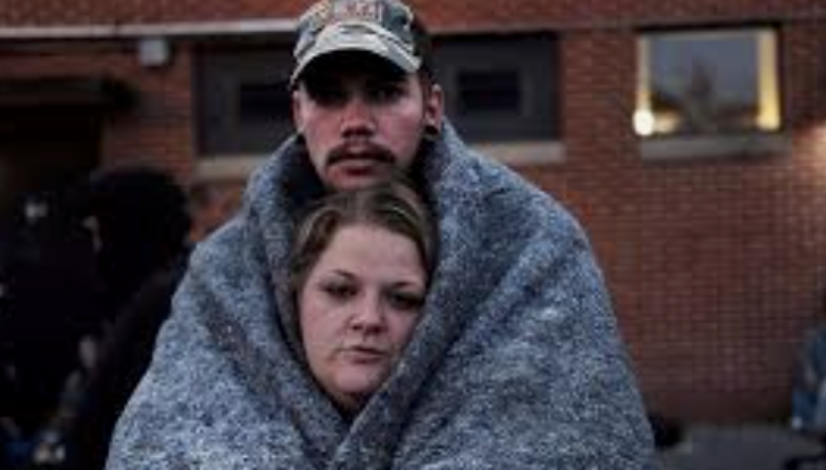Democrats’ policies hurt those they claim to help

Democrats do not seem to care about poor people. At some point poor people will figure that out.
Take the tax on sweetened beverages, a favorite of Democratic politicians in cities like Philadelphia. Who pays that tax? Not the wealthy, who hop in their cars and buy whatever they want outside city limits. No, the burden falls on inner city residents who don’t have that opportunity.
Or how about another favorite blue-state money-raising scheme—the lottery. Do rich people spend their hard-earned wages on scratch-off games that replenish city coffers? No, it’s poor people who waste millions on those risky bets.
What about tough environmental laws in places like California that squash new construction, pushing rents out of sight and people out of their homes? That’s another gift from Democrats. Even the New York Times said so, in a recent editorial, “..the states most resistant [to new construction] are the strongholds of the Democratic Party, along the Northeast and the Pacific Coast…The most resistant voters are the wealthy residents of those states who provide so much of the funding for Democratic presidential campaigns.”
Consider also the Green New Deal, and other climate change activism targeting America’s abundant cheap energy resources. Who will be hurt if electricity prices rise? The poor, for whom such costs represent a larger share of their budget.
Or what about Democrats’ increasing tolerance of open borders? Unfettered immigration welcomes hundreds of thousands of people competing for minimum wage jobs, clobbering the earnings of Americans who lack a high school diploma or who have to work part time.
Not only do Democrats encourage more people competing at the low end of the income ladder, they also continue to push for a higher minimum wage, which will reduce the numbers of jobs available to those folks.
In its recent assessment of a bill called Raise the Wage Act, which is heading for a vote in the House, the CBO determined that gradually raising the minimum wage to $15 by 2025 would increase the pay of 17 million Americans and raise 1.3 million people out of poverty, but also cost a median estimate of 1.3 million people their jobs. Job losses, they note, could be as high as 3.7 million.
The Bureau of Labor Statistics reports that almost half (49 percent) of the folks earning minimum wage (or less) are between the ages of 16 and 25. Fully three-quarters are people working part-time, the great majority of whom are women. Think young people getting started or moms struggling to make ends meet. These are the folks who might be priced out of a job.
The CBO concluded that business income would decline, and consumer prices increase as managers pass along the increased worker pay. Who will be most hurt by that price inflation? Poor people.
And by the way, jobs will be lost because businesses weigh that higher minimum pay against the cost of capital investment. Tasks like hamburger flipping will be replaced by automation. Those jobs will never come back.
One of the cruelest aspects of the proposed House bill is the proposed elimination of minimum wage exemptions that currently exist in some states for teens, people working for tips and workers with disabilities. Those groups have been permitted to work for a lower wage because, in the case of waiters and bartenders, for instance, they make more through earning tips.
As for teens and the disabled, they have been exempted on the basis of productivity. A business cannot pay someone more that they can contribute. Providing an exemption is meant to encourage hiring people who otherwise would not pull their weight. If wages for those groups rise to $15, fewer will be employed.
We know this is true because of the experience in countries like France, which has suffered persistently high youth unemployment. One of French President Emmanuel Macron’s most important initiatives as president has been to loosen the laws that made it extremely difficult to fire workers. Employers were reluctant to take the risk of hiring unproven young people, because it was so difficult to reverse course if they could not do the job. Also, they were often required to pay them the same wage as older workers. Reforms to France’s notoriously cumbersome labor laws were implemented in 2017, and sure enough, youth unemployment dropped from around 25 percent to 20 percent, more than the decline in overall unemployment.
The best way to help low-income Americans is by creating a strong jobs market, which President Trump has done through lowering corporate taxes and rolling back the suffocating regulations of the Obama years. Record low unemployment has caused real wages to grow at above 3 percent for the past nine months, the fastest rate in a decade.
Because jobs are plentiful and pay rising, more than 6.7 million peoplehave dropped off the food stamp rolls since President Trump was elected. As an editorial in the right-leaning journal Issues & Insights notes, the number of people on Social Security disability has declined 3.6 percent, and enrollment in Medicaid is also down sharply. Further, “The number of those collecting welfare — either on the federal Temporary Assistance for Needy Families or what are called “separate state programs” — has dropped by more than 800,000 under Trump.”
In contrast to Democrats’ misguided plans that hurt low-income Americans, Trump’s pro-business agenda is providing real benefits. As the 2020 campaigning heats up, count on Republicans to argue that winning case.
Published on The Hill




